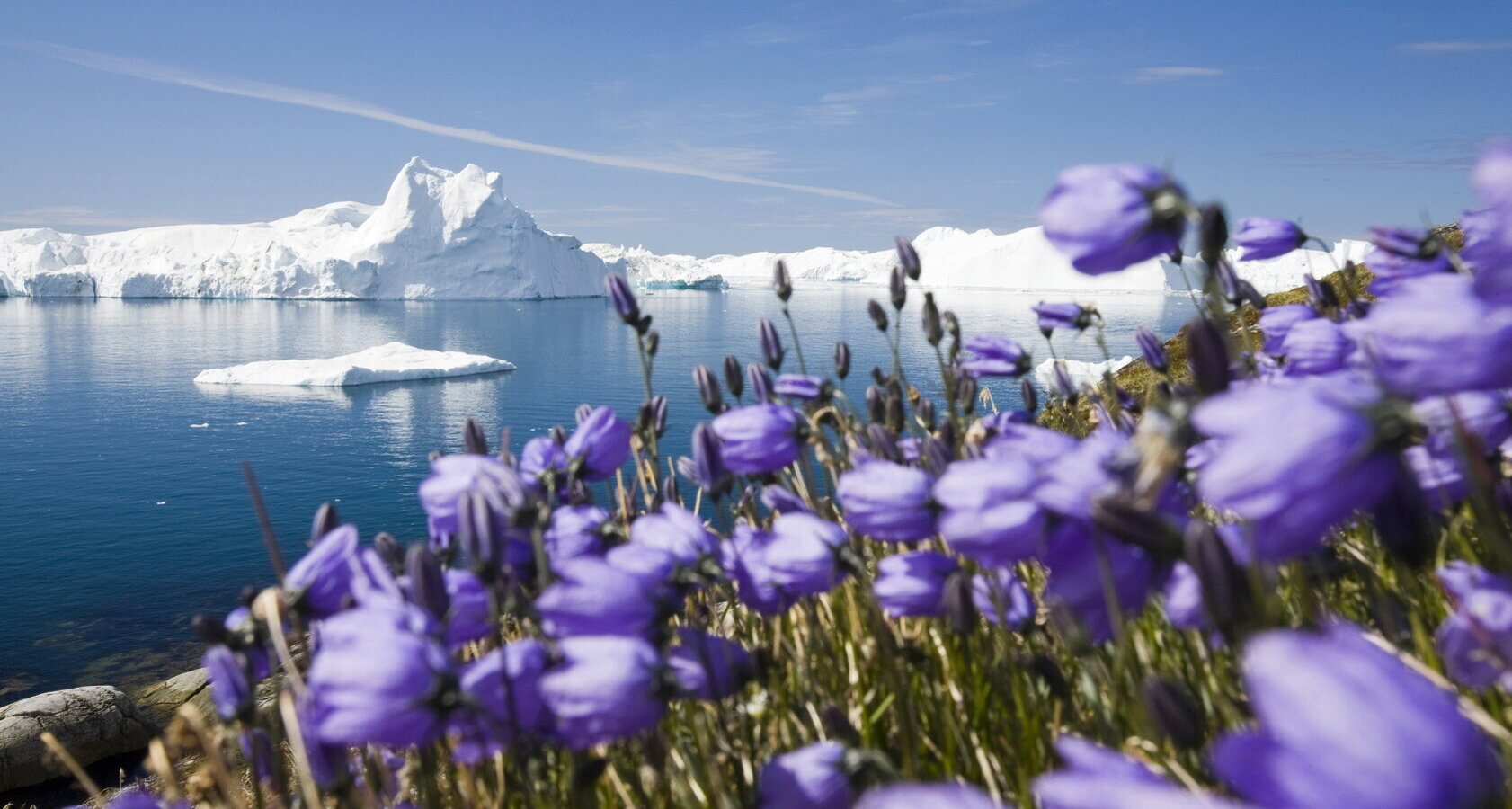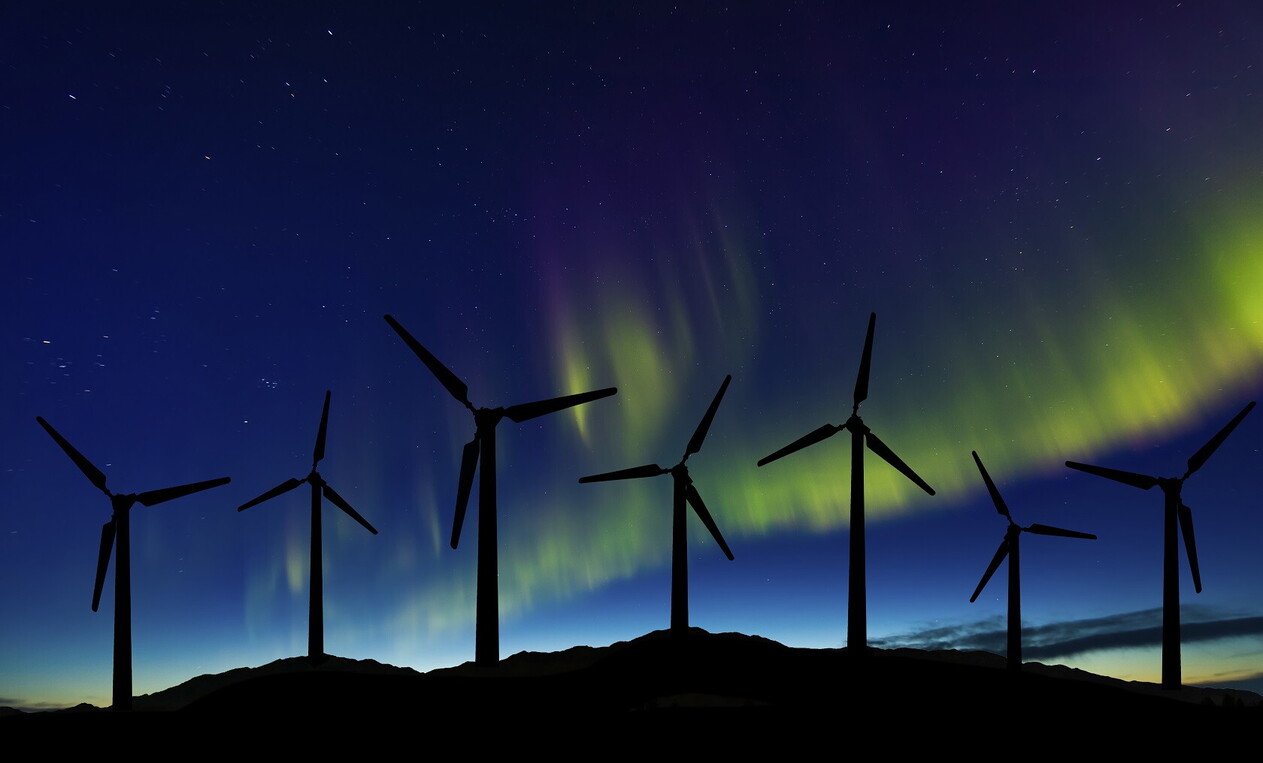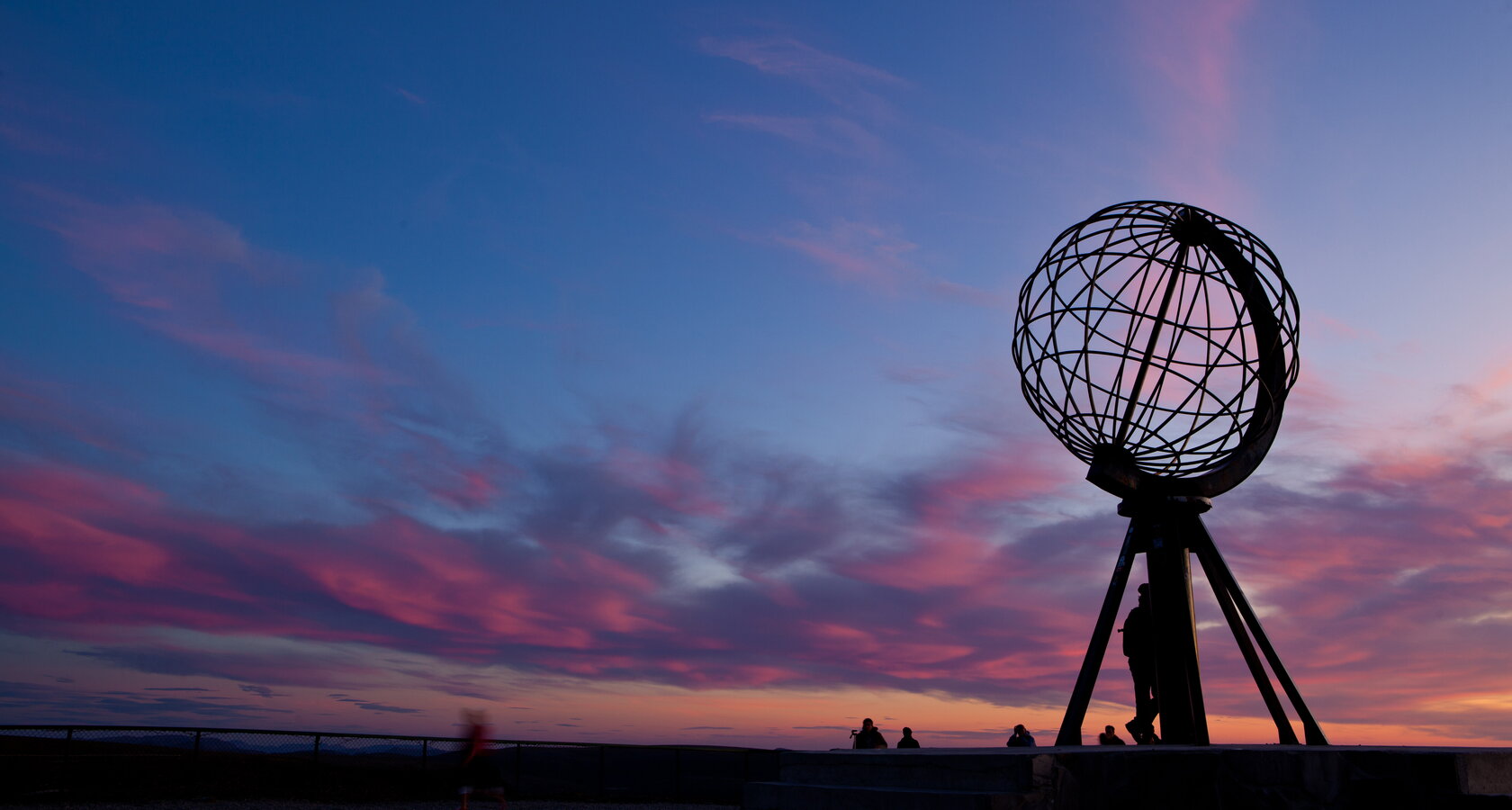
Future
The european vision
With global warming affecting the region at an accelerating pace, the European Union is strengthening its commitment to ensuring geopolitical stability, fighting pollution and promoting sustainable economic development, focusing on innovation and international collaboration
10 minT
he Arctic is one of the most vulnerable regions on Earth, as well as a litmus test for global climate change. With temperatures rising three times faster than the global average, the ongoing melting of sea ice and permafrost is triggering cascading effects that threaten not only Arctic ecosystems but also global climate stability and security. In response, the European Union has moved to strengthen its role in the region through a comprehensive strategy focused on preserving geopolitical stability, mitigating environmental harm, and promoting sustainable economic development. Originally developed in 2021, the EU’s strategy has taken on renewed urgency in light of regional developments during Donald Trump’s presidency, particularly his efforts to exert direct influence over Greenland—a territory of the Kingdom of Denmark, an EU member state.
Peace and the fight against environmental degradation
The EU’s Arctic strategy is grounded in the aim of keeping the region peaceful and cooperative, avoiding the risk that growing interest in its resources leads to confrontation. With Russia, China, and the United States all eyeing new trade routes and opportunities to extract minerals, oil, and fish, the Arctic’s strategic importance is growing fast. The EU is stepping up its diplomatic efforts, coordinating with the United States, Canada, Norway, Iceland, and NATO to monitor developments and reduce the risk of conflict. As part of its effort to gain influence, the EU continues to press for Observer status in the Arctic Council. In March 2024, it opened an office in Nuuk, Greenland, to build a closer relationship with local authorities and support sustainable development. Two cooperation agreements were signed on that occasion, worth nearly €94 million. “Our new office in Nuuk marks the beginning of a new era of the EU-Greenland partnership, with Europe’s concrete presence in Greenland and the wider Arctic region. And with our two new agreements, we will invest in clean energy, critical raw materials, and skills in Greenland. New jobs in Greenland, better security of supply for Europe—we can both benefit from greater cooperation in these areas,” said European Commission President Ursula von der Leyen at the inauguration.
In addition to the EU—which acts as a de facto observer in the Arctic Council—six EU member states (France, Germany, Italy, the Netherlands, Poland, and Spain) hold official Observer status, maintaining regular dialogue with Arctic nations. The EU is also a party to several international agreements central to regional governance, including the Convention for the Protection of the Marine Environment of the North-East Atlantic (OSPAR Convention) and the Central Arctic Ocean Fisheries Agreement (CAOFA), which aims to prevent unregulated fishing.
The EU is stepping up efforts to address the environmental damage unfolding in the Arctic. Its strategy includes targeted measures aligned with the Green Deal and the “Fit for 55” package, which commits to cutting greenhouse gas emissions by at least 55 percent by 2030. The Commission supports moratoria on new oil, coal, and gas extraction in the region and backs the creation of additional marine protected areas under the global “30x30” initiative, which seeks to safeguard 30 percent of the world’s oceans by 2030. One area of particular concern is the thawing of permafrost. As it melts, it releases vast amounts of greenhouse gases, accelerating climate change. It also threatens infrastructure and poses risks to public health. Among the more alarming possibilities is the release of long-dormant pathogens—an emerging issue that the EU is prioritizing in its scientific research programs. Pollution is another urgent issue the EU is targeting. Plastics and microplastics are increasingly contaminating Arctic ecosystems, threatening biodiversity and food chains. The EU has committed to cutting plastic waste by 50 percent and microplastics by 30 percent by 2030. It also aims to reduce black carbon emissions—a pollutant that speeds up ice and snow melt by absorbing sunlight—by 33 percent by 2025. Achieving this will require closer cooperation with Arctic states and investment in technologies to curb emissions from transport and industry. Maritime traffic poses a particular risk. As melting ice opens new trade routes, the rise in shipping threatens fragile ecosystems. The EU supports a ban on heavy fuel oil in Arctic waters and is pushing for zero-emission shipping—backing vessels powered by renewable energy and the creation of green maritime corridors.

Sustainable development and innovation
Sustainable economic development is another core focus of the EU’s Arctic strategy. The region’s mineral wealth—including rare earth elements and other critical raw materials—is vital to Europe’s energy and digital transition. But extraction comes at a steep environmental cost. The EU advocates for responsible mining practices that safeguard biodiversity and uphold the rights and well-being of local communities. To support these goals, the EU has allocated €225 million to Greenland for the 2021–2027 period, aimed at diversifying the economy and strengthening education and healthcare systems. At the same time, it is promoting innovation in the energy sector, with investments in green hydrogen, wind, and geothermal power—both to reduce reliance on fossil fuels and to create sustainable employment in the region.
I
ndigenous peoples—who make up about 10 percent of the Arctic’s four million inhabitants—are at the center of the EU’s strategy. They are among the most directly affected by climate change and resource exploitation. The EU is committed to strengthening dialogue with these communities and ensuring they can have their say in decisions that impact their lives and lands. Through programs like Erasmus and other educational initiatives, the EU aims to provide young people in the Arctic with training and employment opportunities, helping to lay the groundwork for a more sustainable and inclusive future in the region. Science and technology shape much of the EU’s approach to the Arctic. Programs like Copernicus provide satellite data to monitor sea ice and marine pollution, while Horizon Europe funds research on biodiversity, permafrost, and climate adaptation. The EU also supports the All-Atlantic Ocean Research Alliance, working with the United States and Canada to track changes in the Arctic and develop responses grounded in science. The goal is to produce reliable knowledge that can guide policy, support sustainable development, and help limit the damage caused by climate change.
Between 2016 and 2023, researchers from EU member states produced more than 25,000 scientific publications on Arctic-related topics—a clear sign of Europe’s deep academic engagement and research strength in the region. To support this work, the EU has committed €372 million through its Horizon 2020 and Horizon Europe programs, funding projects that range from environmental sustainability to technological innovation tailored to Arctic conditions. Educational exchange has also played a key role. Around 11,000 people from the Arctic have taken part in the Erasmus program, while 26,800 European students and researchers have had the chance to study or work in the Arctic region. The EU is also investing in infrastructure to support sustainable development across the Arctic. Between 2021 and 2027, €273 million has been allocated to cross-border cooperation programs through Interreg Northern Periphery & Arctic and Aurora. These funds support a wide range of initiatives, including innovation, support for small and medium-sized enterprises, improved mobility, education, and environmental governance. In 2024, the EU launched the first urban collaboration network in the Arctic, backed by a €2 million budget. The project is designed to help local authorities share effective policies and practices, strengthening regional cooperation at the municipal level. Between 1994 and 2023, the European Investment Bank invested €1.6 billion in green transition and renewable energy projects across the Arctic region. One notable example is the construction of a battery cell production plant in northern Sweden, designed to reduce reliance on fossil fuels and support the shift toward a low-carbon economy. On the security and environmental monitoring front, the EU has set up the Copernicus Arctic Hub—an Earth observation center that delivers real-time data to support scientific research, innovation, and urban planning in the region. The European Civil Protection Mechanism is also active in the Arctic, coordinating responses to emergencies and natural disasters. Its reach extends beyond EU member states, involving partners like Iceland and Norway in joint efforts.

